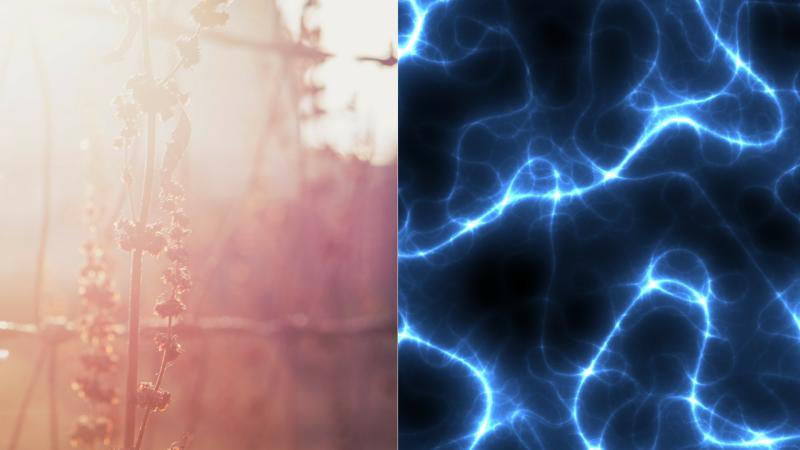
Researchers from Indian Institute of Technology Bombay, Mumbai have observed a new phenomenon in a semiconductor quantum dot-- particles of nanometre (a billionth of a meter) size which are also called artificial atoms) made of Cu2ZnSnS4 (CZTS). By shining Ultra Violet (UV) light, on the quantum dots immersed in an electrolyte, they noticed an increase in its capacitance. The effect could be engineered to serve as photocapacitors- capacitors that are charged using light.
A capacitor can be thought of as a tiny battery. It can store charges between two plates of metals, which then discharge to provide a burst of electricity. It is then charged again, using a source of electricity, just like batteries. A Photocapacitor, much the same way stores charges, when shone with light, which can then discharge to provide a small charge.
When particles or objects are immersed in a fluid, especially an electrolyte- an electrically conducting solution, double layers of separate positive and negative ions are formed on the surface of the immersed object. In the case of CZTS quantum dots too, when immersed in an electrolyte, such a charge separation and double layer formation was observed. But when the CZTS particles were bombarded with UV radiation, the researchers observed a 26% increase in integral capacitance of the particle, meaning it could now hold more separated ions on its surface than before. This in turn leads to a higher flow of current.
The researchers believe that the increased charge separation occurs due to additional carriers like electrons or positive ions that are generated by excitation due to the UV light, which leads to larger electrostatic forces between the quantum dots and the electrolyte it is immersed in. This in turn leads to an enhanced double layer, and hence a higher capacitance. Their theory was supported by another observation- a decrease in the differential capacitance which according to the researchers could be happening due to an enhanced double layer.
The researchers claim “This (study and results) illustrates the utility of a colloidal quantum dot-electrolyte interface as a non-linear photocapacitor”






